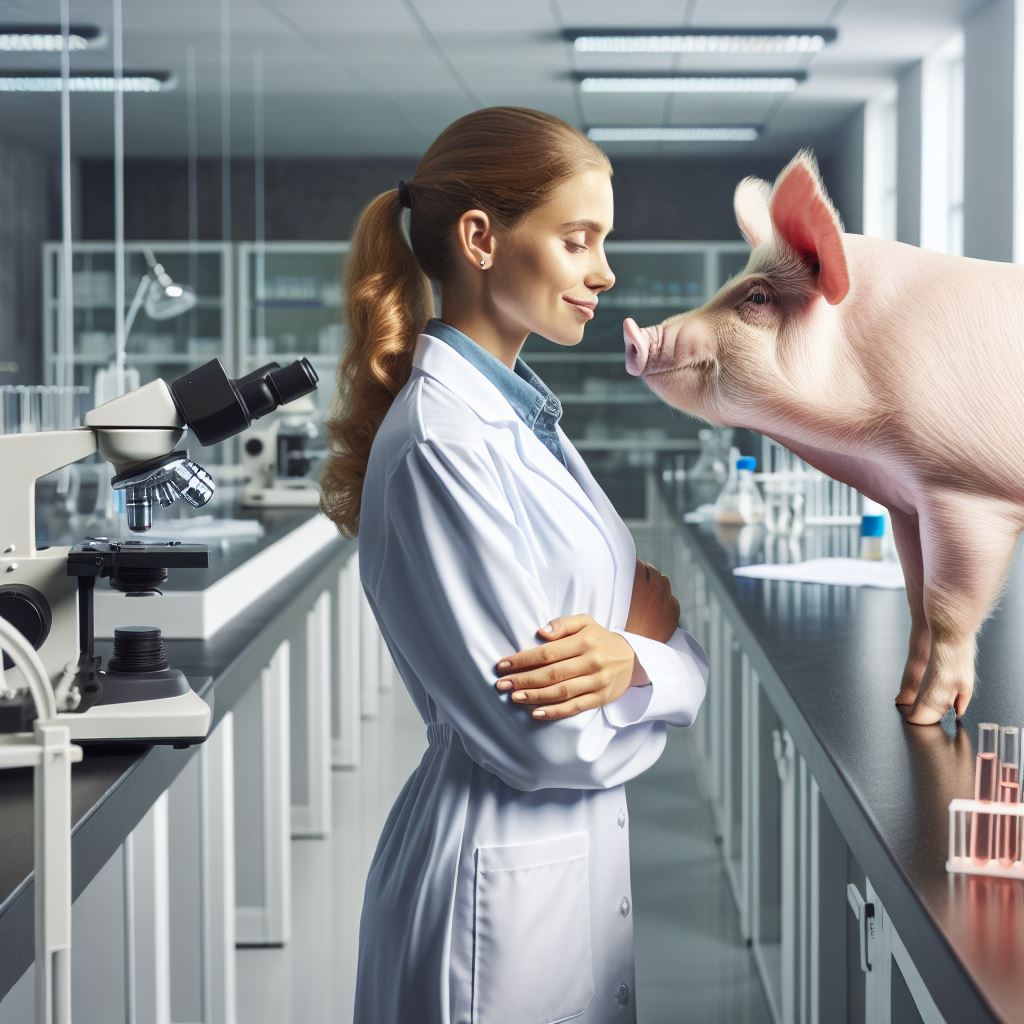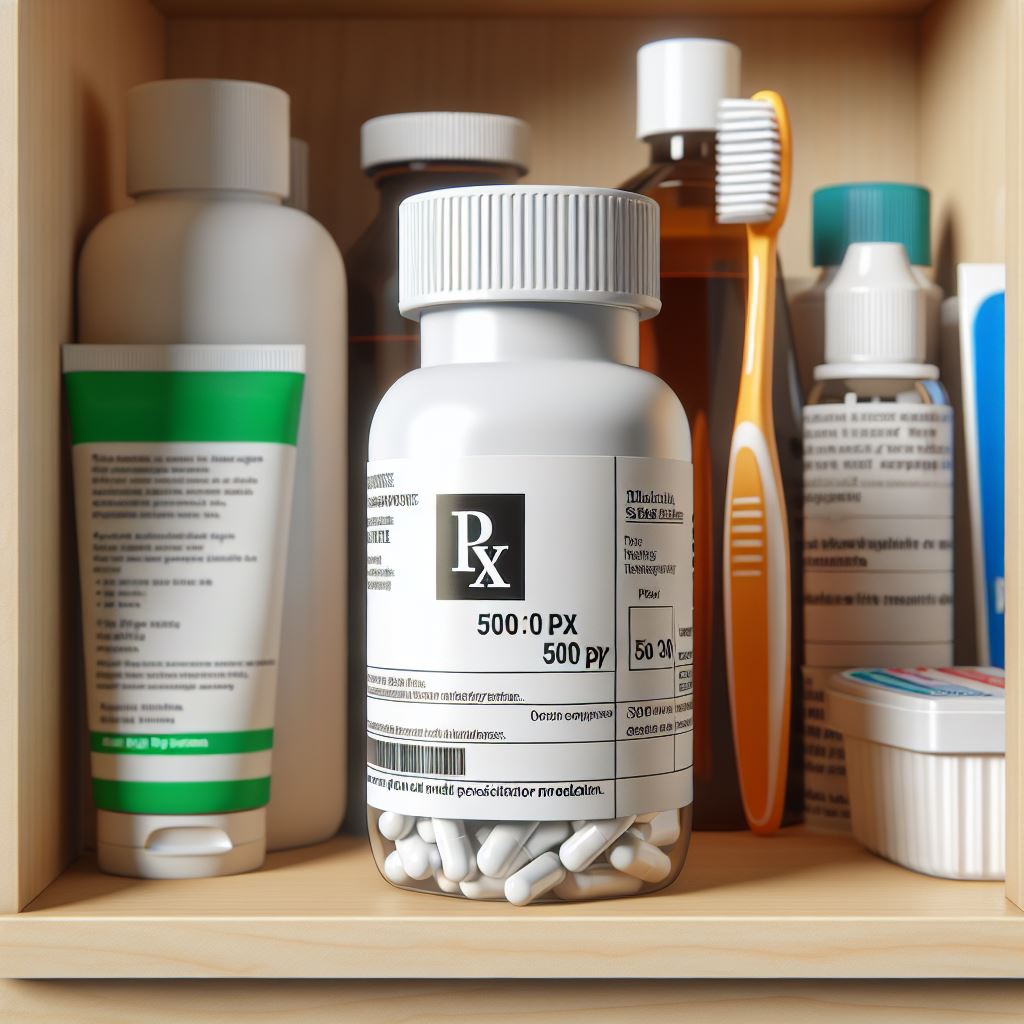Author: gray_ed
-

Regulatory Timeline
Accelerated regulatory pathways are appropriate for any life saving advances as big as xenotransplantation. Clinical trials are underway now in the US and China and are likely to start in other countries. The existing oversight for the human donor organ transplant industry offers a very quick path to commercialization as soon as a viable treatment for organ failure is proved.
-

Advances in Pig Genetics
Deactivating, or knocking out, incompatible pig genes is one way to improve the potential of engraftment. Human transgenes added to the pig’s genome may also improve the odds of engraftment of a pig organ. CRISPR has made gene editing of the pig more efficient and a new generation of tools called base editors are being applied to make fine adjustments to further improve compatibility.
-

Is Xenotransplantation Just Hype?
Applying the typical hype curve to xenotransplantation indicates we are in the productivity phase. From an initial technology trigger in the 1990’s, the curve peaked then decayed rapidly. New gene editing technology in the early 2010’s addressed the core need to improve efficiency. Advances in treatment protocols have improved early results and new clinical trials are targeting patients most likely to have long term benefits.
-

Waves of Uptake for Xenotransplantation
We see waves of growth in xenotransplantation. Those underserved from the current organ shortage will be the first wave. Those excluded by strict waitlist criteria will follow. As benefits begin to outweigh risks, those who are in the early stages of organ failure can be transplanted.
-

Excited About Xenotransplantation
Xenotransplantation is set for spectacular growth. A supporting infrastructure of high growth businesses will accompany xenotransplantation. future.bio is building the infrastructure to launch the xenotransplantation industry.
-

Pharmaceuticals
Immunosuppression that generally depresses the immune system causes risk to transplant recipients. With higher volumes and decreased donor variability it will be technically feasible and financially attractive to create immunosuppressives that target only the anti-xenograft immune response. The synergism of reduced risk will help to propel further growth in xenotransplantation.
-

Medical Services
Services for associated testing and interpretation with results are widely available in transplantation of human organs but absent for xenografts. While similar in nature, such as interpreting biopsies taken to diagnose rejection, infectious disease consults, or for other complications, the use of a pig organ creates fundamental differences. Super-regional or national centers performing remote services can specialize and optimize this area.
-

Xenotransplant Centers
Xenotransplant volume will quickly exceed the capacity of medical centers. Specialized xenotransplant centers near urban cores can achieve efficiencies not possible at a general hospital. These xenotransplant destinations will treat patients for the perioperative period of a short hospital stay followed by routine outpatient care until the xenograft recipient stabilizes. These independent centers can absorb improved genetics or technologies from any developer insulating them from future changes.
-

Sample Archive
Regulatory agencies require sample from both pigs and patients to be archived in cold storage. These samples are for health agency use should they be needed. While each developer is inventing a unique solution, it is more efficient to centralize this service. The total number of samples will be surprisingly large, creating a major business opportunity along with a scientific benefit in outcome-improvements.
